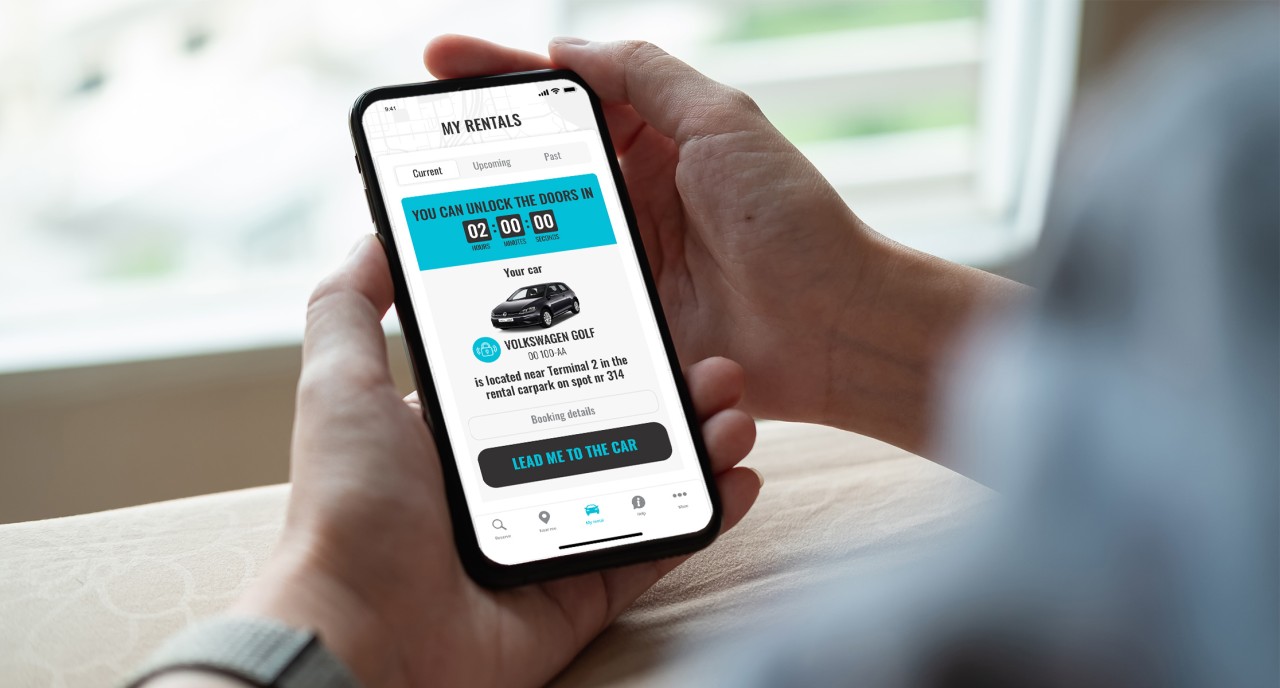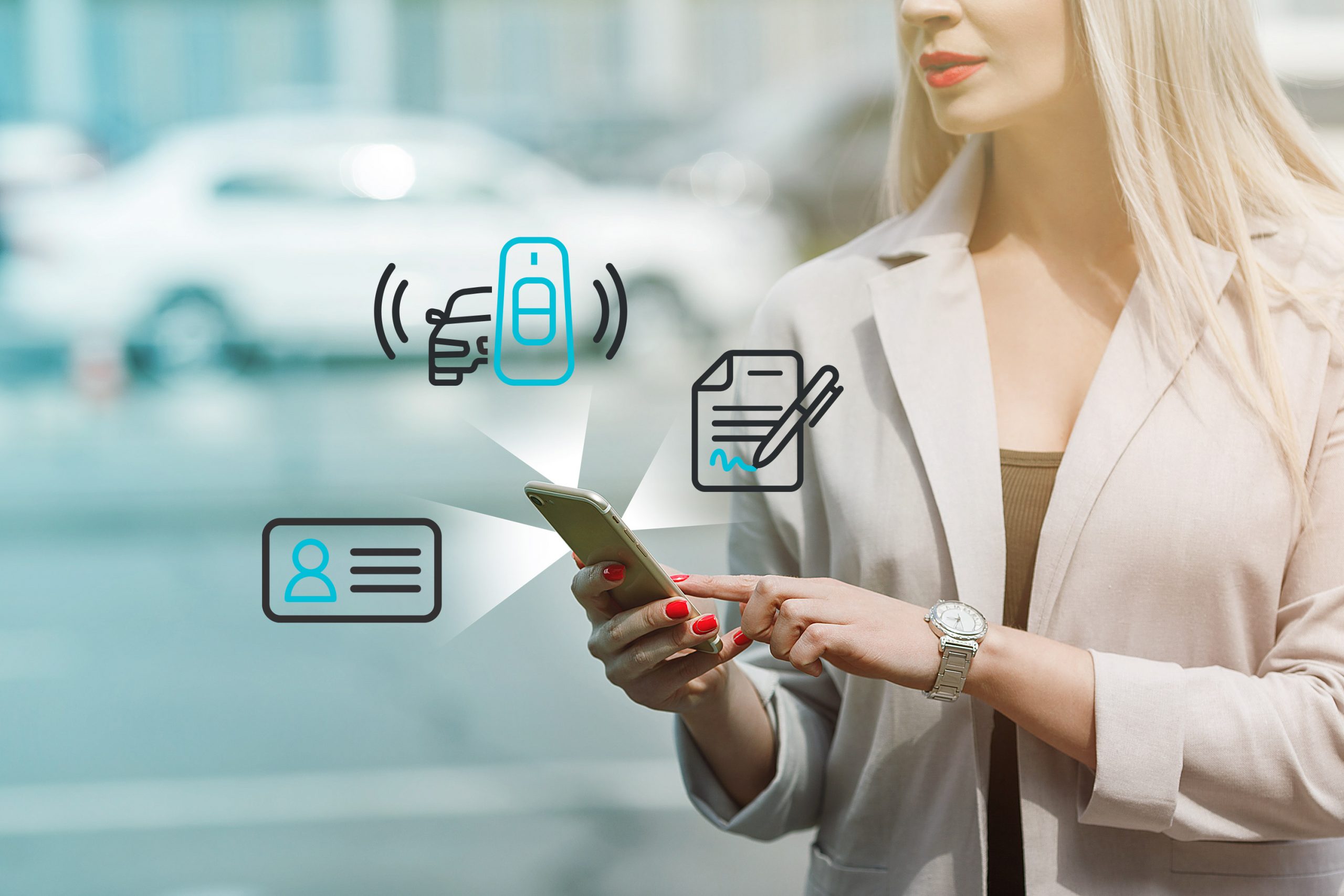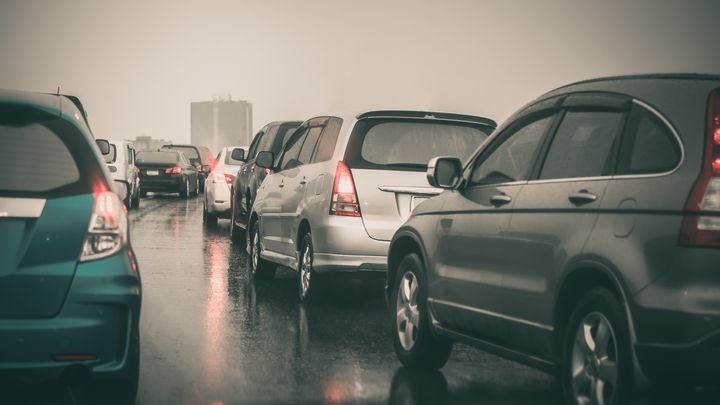Vehicle-to-everything (V2X) is communication between a vehicle and any entity that may affect it or be affected by it. These entities can be other vehicles, pedestrians, bikes, and also components of smart infrastructure like railway crossings, traffic lights and signs. The main purpose of the V2X communication system is to improve road safety, energy savings, and traffic efficiency.
V2X is an umbrella term that encompasses different types of vehicular communication. These include:
- vehicle-to-vehicle (V2V)
- vehicle-to-infrastructure (V2I)
- vehicle-to-network (V2N)
- vehicle-to-pedestrian (V2P)
- Vehicle-to-device (V2D)
Two types of communication technology are used on V2X. The first is Dedicated Short Range Communication (DSRC) which uses WLAN technology. It works directly between vehicles and infrastructure, creating a vehicular ad-hoc network when two V2X senders come into each other’s range.
More recent communication technology is called cellular V2X (C-V2X) which uses cellular networks. It supports direct communication between devices (like vehicles, infrastructure and even smartwatches) and also traditional cellular-network-based communication. In C-V2X Release 15, 5G New Radio V2X technology was introduced which supports features like remote driving and advanced driver assistance.
V2X is the backbone of connected cars and also important for the development of self-driving cars. To widely use V2X, government regulations and common ground in the industry are needed. Some car manufacturers prefer DSRC, others prefer C-V2X. Since the two technologies are not interoperable, a decision has to be made by either the manufacturers or legislative bodies. Only then can we hope to achieve the safety in traffic that V2X promises.


